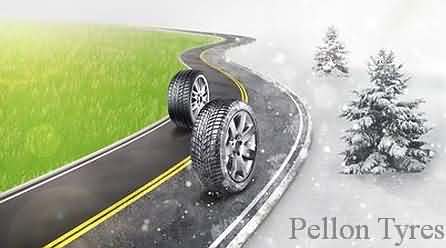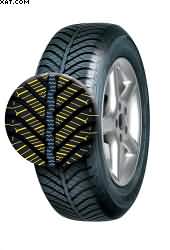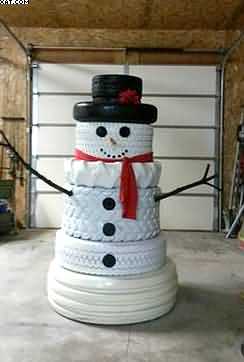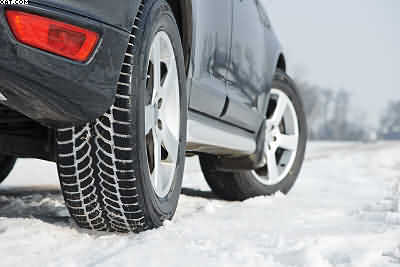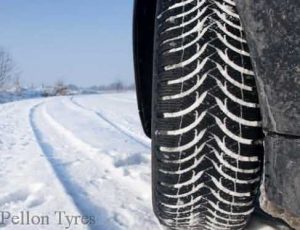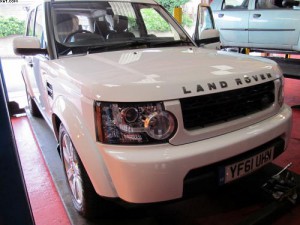Table of Contents
Winter Tyres History
Winter Tyres History
Of course, there is no doubt
about the fact that in recent times, we have had to use winter tyres (as we know them today). Indeed, they have taken off big style. Especially with many motorists in the United Kingdom.
I recall another window in my tyre fitters mind set, from a long time ago. I worked for one of the national tyre companies in a small town called Dewsbury, in Yorkshire, UK. Subsequently, from what I can remember, we must have been going through a spell of cold winters.
I recall that we were installing a lot of winter tyres at the time. I suppose that I was indeed part of the Winter Tyres History. Hence picking up knowledge with every year in the tyre business.
The tyres were mainly remoulded tyres
Because of the deep tread patterns! So, the drivers did not want to run these tyres in the summer months. Surprisingly, tread compounds did not differ between summer and winter tyres. So, the winter tyres then were really summer tyres. As a result, a very heavy tread pattern is applied to the tyre carcass.
The majority of the time, the new tyre manufacturers used old tread patterns to create their tread patterns. The old Firestone and Goodyear tread patterns were very popular. So as a major part of winter tyres history, these companies would sell their old tyre moulds to tyre remoulding companies. They are being used to remould their tyres onto old casings.
The remoulded winter tyres were very noisy
Winter tyres history reminds me of the big tread patterns, they would also overheat. Pure friction between the tyre and the road surface was what caused the overheating, and the noise they made inside the car was a constant drumming sound.
The friction also caused the remould tyres to separate; this is when the tread parts separate from the casing part of the tyre. On our highways, this frequently occurs when a sizable portion of tire tread blows off and ends up by the side of the road or on the grass verge.
Winter Tyres History
The first so-called winter tyre was invented as long ago as 1908. of course, when Frank Seiberling cut an extra-deep groove in an early tyre to discover that the tyre gave a better grip on a wintry road surface.
Nothing much happened after that until the first modern type of winter tyre.
So, was introduced by Nokian Tyres of Finland, which was a range of winter truck tyres named the “kelirengas,” which is translated as “weather tyre.” This was in 1934, and in 1936, the Finns launched a winter tyre for cars that was known as the “Lumi-Hakkapelitta.”
Other winter tyres companies
Tyre companies were slow to follow and did not really start to develop winter tyres until the early 1950s. These included Goodyear tyres in America, who brought out the “Suburbanite” whose excellent early TV, advert can be seen on this blog post.
Also at the same time Continental tyres were bringing out a winter tyre known as the M14. These types of tyres were very heavy on tread rubber, but they are the beginning of the modern-day winter tyres that we see today.
The main difference is that the tyre design has had to change to meet the demands of the modern car, and more fundamentally, the tyres now have added ingredients in their tread compounds that were not known about in the early days, primarily silica-based compounds that now help the tyre to continue flexing in cold temperatures.
My days at Goodyear Tyres Was rallying connected to winter tyre development?
Did Goodyear Rally Tyres Influence the Development of Winter Tyres?
Goodyear, a well-known tyre manufacturer, has long been a pioneer in innovative tyre technology, making it a major player in Winter Tyres History. This article investigates the potential impact of Goodyear’s rally tyres on the development of winter tyres.
Goodyear’s Rally Legacy:
Goodyear has a long history in rally racing, providing high-performance tyres for a variety of rally events. Their expertise in developing tyres for extreme conditions has resulted in significant advances in tyre technology.
Rally Tyres vs. Winter Tyres:
Rally tyres are similar to winter tyres in that they are specifically designed for grip and performance on gravel, mud, and snow.
In harsh conditions, both types prioritise traction, stability, and control, but they serve different purposes. Rally tyres are designed for professional racing, whereas winter tyres are designed for everyday driving in cold weather.
Goodyear’s development of rally tyres has undoubtedly contributed to the evolution of winter tyres. Winter tyres were designed using the company’s extensive experience in creating tyres for extreme conditions.
Elements from rally tyres, such as advanced rubber compounds, tread patterns, and siping techniques, have been adapted to improve winter tyre performance.
Goodyear rally tyres contributed to the development of winter tyres. Goodyear has contributed to the development of winter tyres that provide improved grip, stability, and control in adverse weather conditions by leveraging their rally racing experience and knowledge. This advancement has made winter driving safer and more accessible to motorists worldwide.
General also make an excellent winter tyres the W drive winter as seen on this video.

